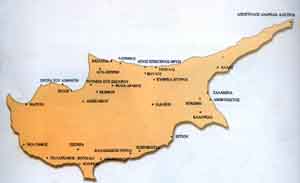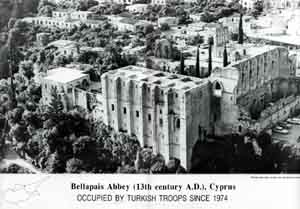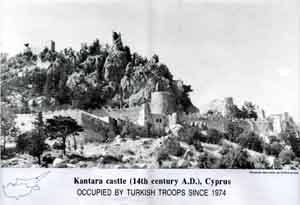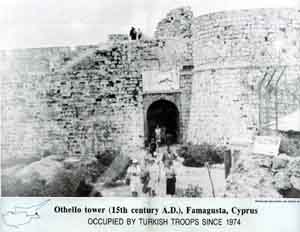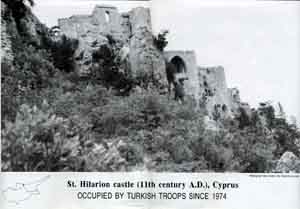|
The ancient town of
Salamis 12-11 centuries B.C. Salamis was built by the Greek Trojan
hero Tefkros, brother of Ajax. Tefkros and Ajax both fought in Troy having
under their command 12 ships. Ajax, probably the mightiest of the Greeks
after Achilles, committed suicide after he was denied the arms of dead
Achilles, which were given to Odysseus. When Tefkros returned back to
Salamis island Greece, his father Telamonas, held him responsible for the
death of Ajax and for not taking revenge for Ajax death, and exiled him to
Cyprus. Tefkros built the Salamis of Cyprus, with an ancient Greek
gymnasium, ancient Greek theater, Greek Agora, temples, Acropolis, etc. in
memory of his home land in Salamis Greece. Salamis has been under
illegal Turkish military occupation since 1974.
-Click on the photo to see the
enlargement. |
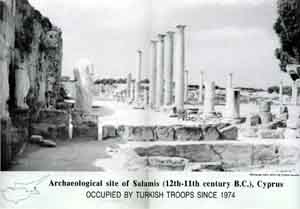 |
